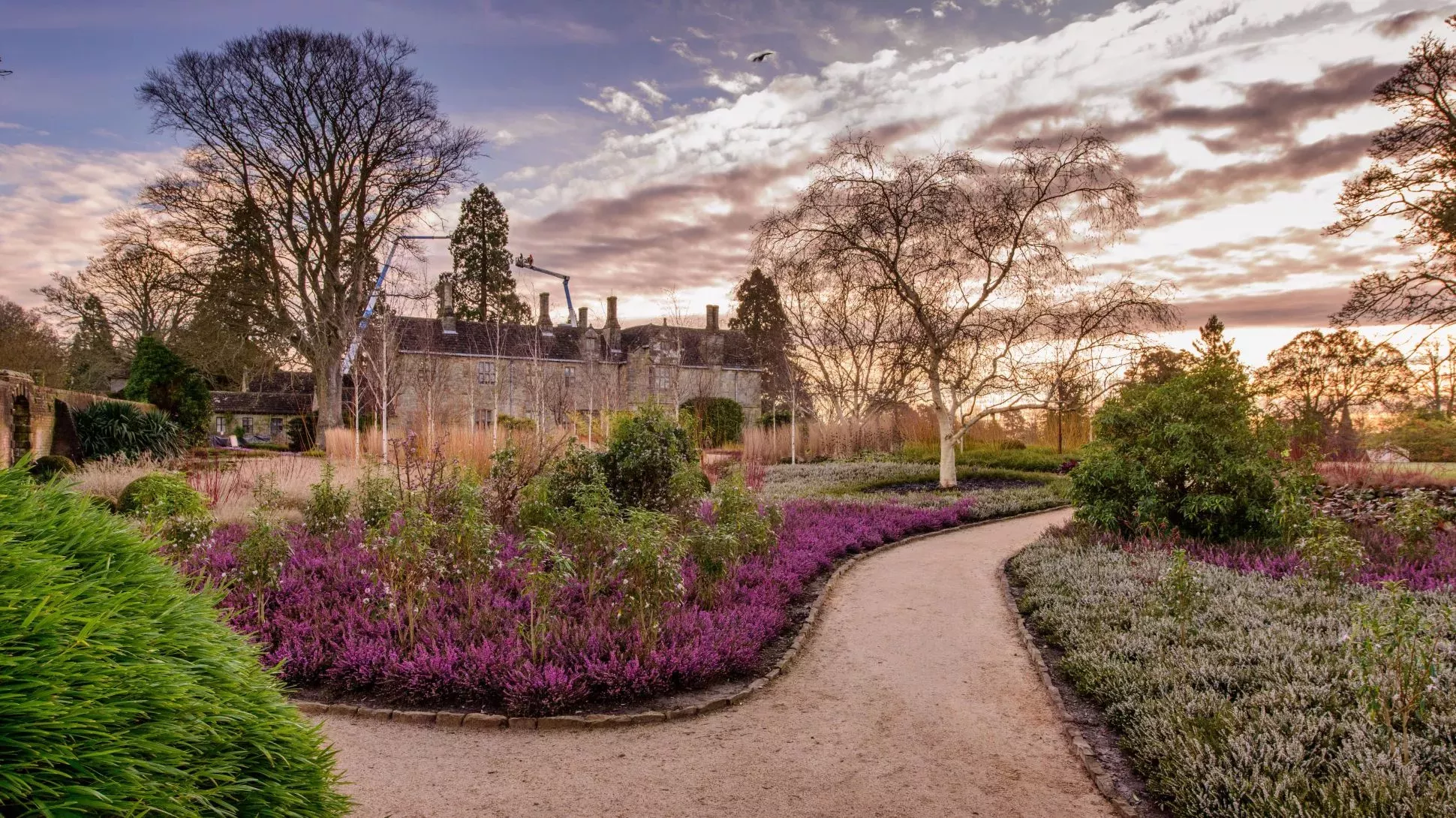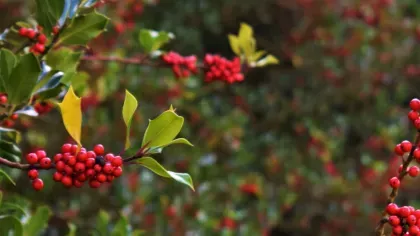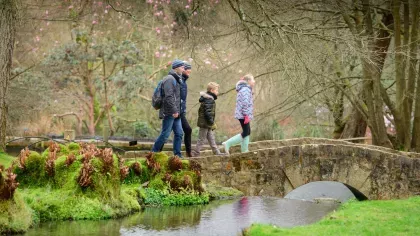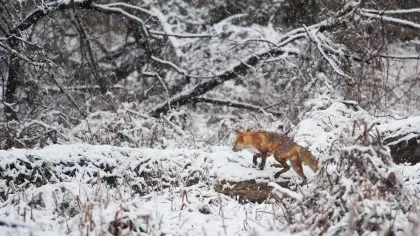7 January 2022
7 nature resolutions for 2022
Kick-start your 2022. Explore the great outdoors, learn how to multiply your houseplants, and grow your own vegetables this year.

Make 2022 the year for exploring wonders of the natural world.
Studies have shown that spending time in nature benefits our wellbeing and reduces stress.
You can get a dose of nature by going for a walk in your local park, or caring for your houseplants.
From discovering new green spaces to learning how to paint plants, we round up our top nature resolutions for 2022.
1. Bring nature indoors
Fill your home with plant life and create an indoor jungle.
House plants boost our mood as well as looking pretty on shelves and windowsills. What's not to love?
An easy, cost-effective way to multiply your houseplants is to propagate your existing plants.
Good plants to try are the spider plant (Chlorophytum comosum), Swiss cheese plant (Monstera deliciosa) and prickly pear cactus (Opuntia sp.).
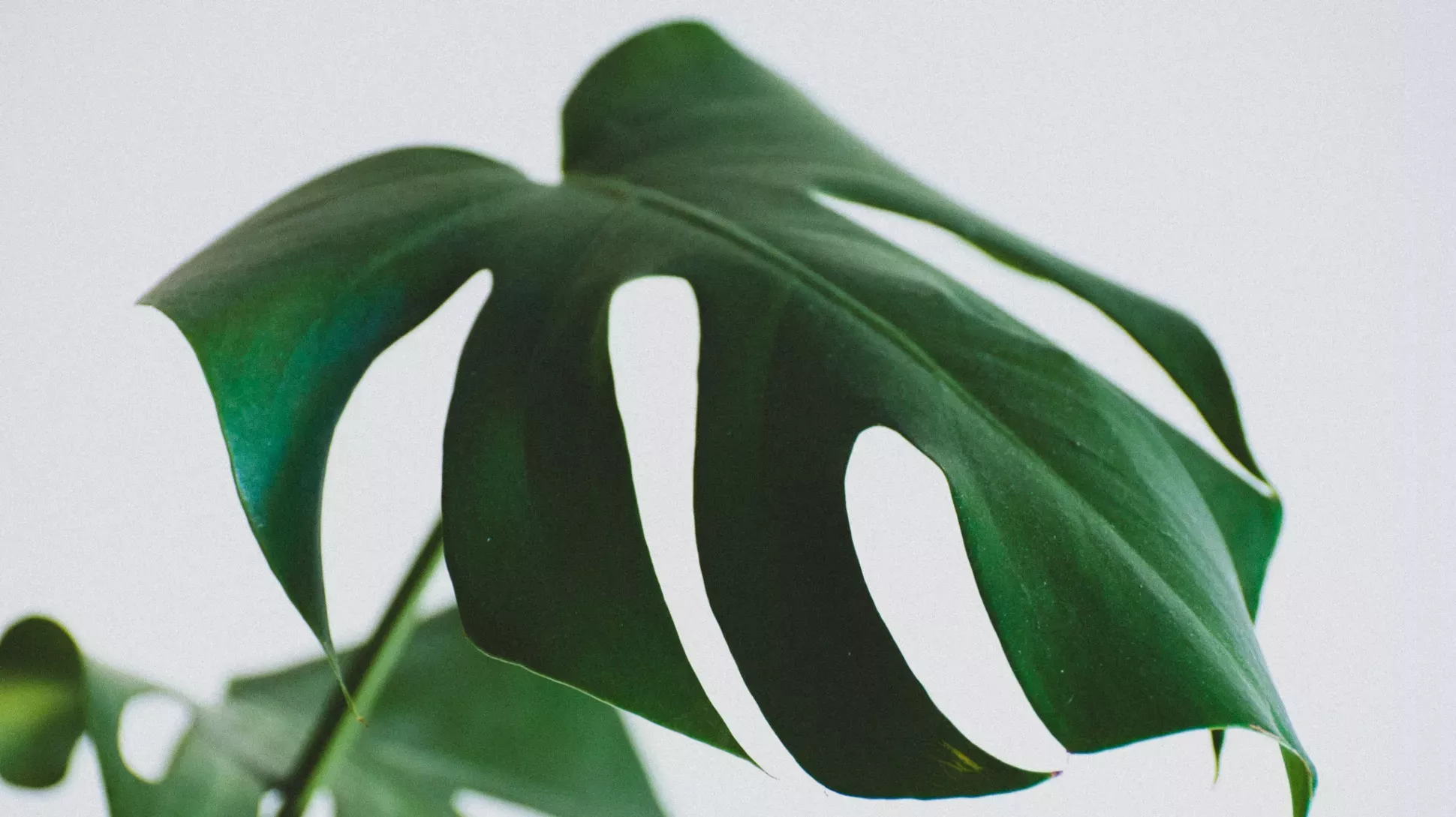
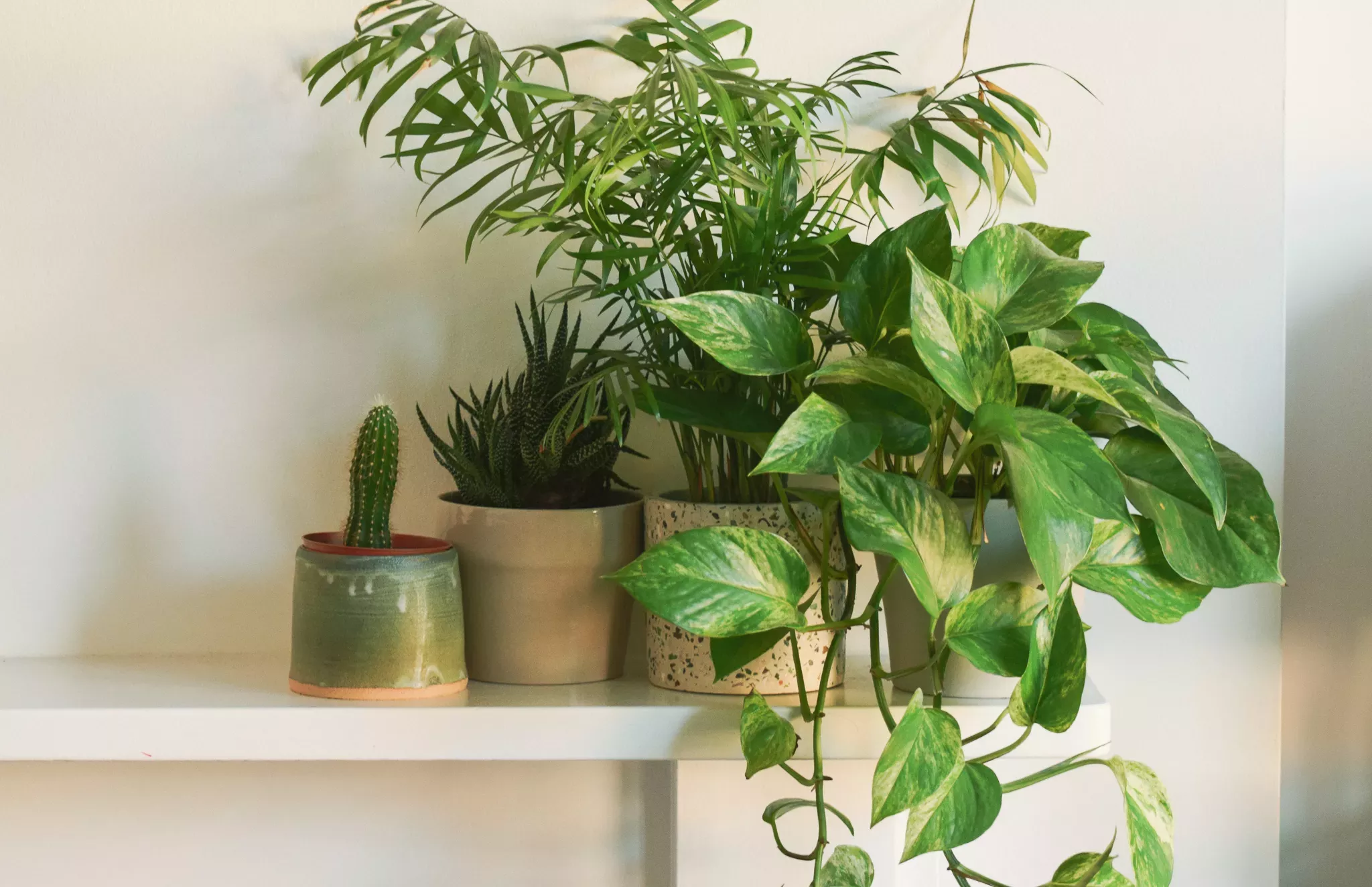
2. Plan your year ahead
Brighten up your 2022 by journeying through Costa Rica at our stunning orchid festival.
Bringing to life the biodiversity of Central America, the Princess of Wales Conservatory will be filled with vibrant oranges, yellows and pinks.
Costa Rica is a major orchid habitat and is home to 6% of the world’s biodiversity, even though it covers just 0.03% of the planet.
Don't miss the resplendent quetzal (Pharomachrus mocinno) horticultural display. Native to Costa Rica, it's considered one of the world's most beautiful birds and is a symbol for the protection of Costa Rica's forests.

3. Immerse yourself in art
Get creative in the new year and learn how to create beautiful botanical art yourself.
Botanical paintings and drawings are where art and science meet. They convey the intricate details of plants, but can also be used for plant documentation.
Get top tips from our expert botanical artists at Kew, and find out the best plants to illustrate if you're a beginner.
Gain an in depth knowledge of botanical art practices in one of our botanical art courses, benefiting from the help and expertise of professional botanical artists.
For some artistic inspiration, watch our virtual gallery tour of the Zadok Ben David: Natural Reserve exhibition, and take a look at Mark Frith's stunning drawings of trees.

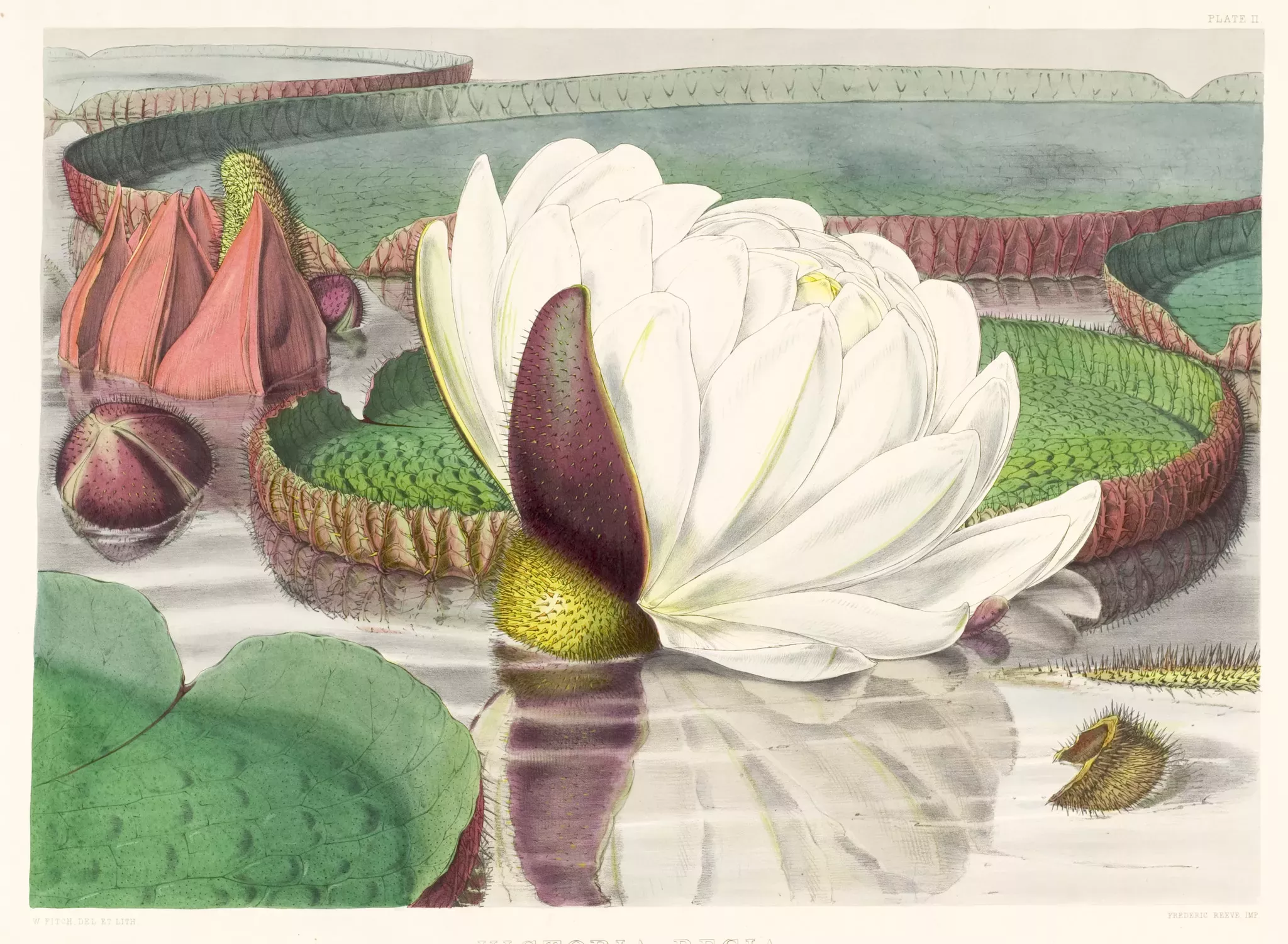
4. Grow your own vegetables
Add some colour to your plate in 2022 and enjoy the fresh taste of vegetables and herbs you've grown yourself.
From basil to radishes, you can easily grow your own veg at home. You don't even need a garden to do it; many vegetables will grow happily in pots on balconies and windowsills.
Pea shoots are a great vegetable to start with, and they're delicious in salads and stir fries.
You can grow them using whole dried peas from the supermarket; simply sprinkle them onto compost, water them regularly, and wait for the shoots to spring up.
5. Make your garden or balcony more biodiverse
Whether you have a small balcony or a large garden, this space can be a haven for insects, birds and mammals. Growing a variety of plant species attracts lots of different forms of wildlife.
To improve the biodiversity of your garden, try letting a corner of your garden grow wild. Natural debris like logs and leaf piles offer habitats and hiding places for many species.
Allow butterfly-loving plants to grow. The pretty orange tip butterfly is attracted to certain plants such as garlic mustard (Alliaria petiolata) and milkmaid (Cardamine pratensis).
Plant wild flowers on your lawn or in a pot on the balcony to attract pollinating bees. Patches of long grass dotted with wildflowers are the perfect habitat for insects. Try common poppies (Papaver rhoeas) and corn marigold (Glebionis segetum) which will add a pop of colour.
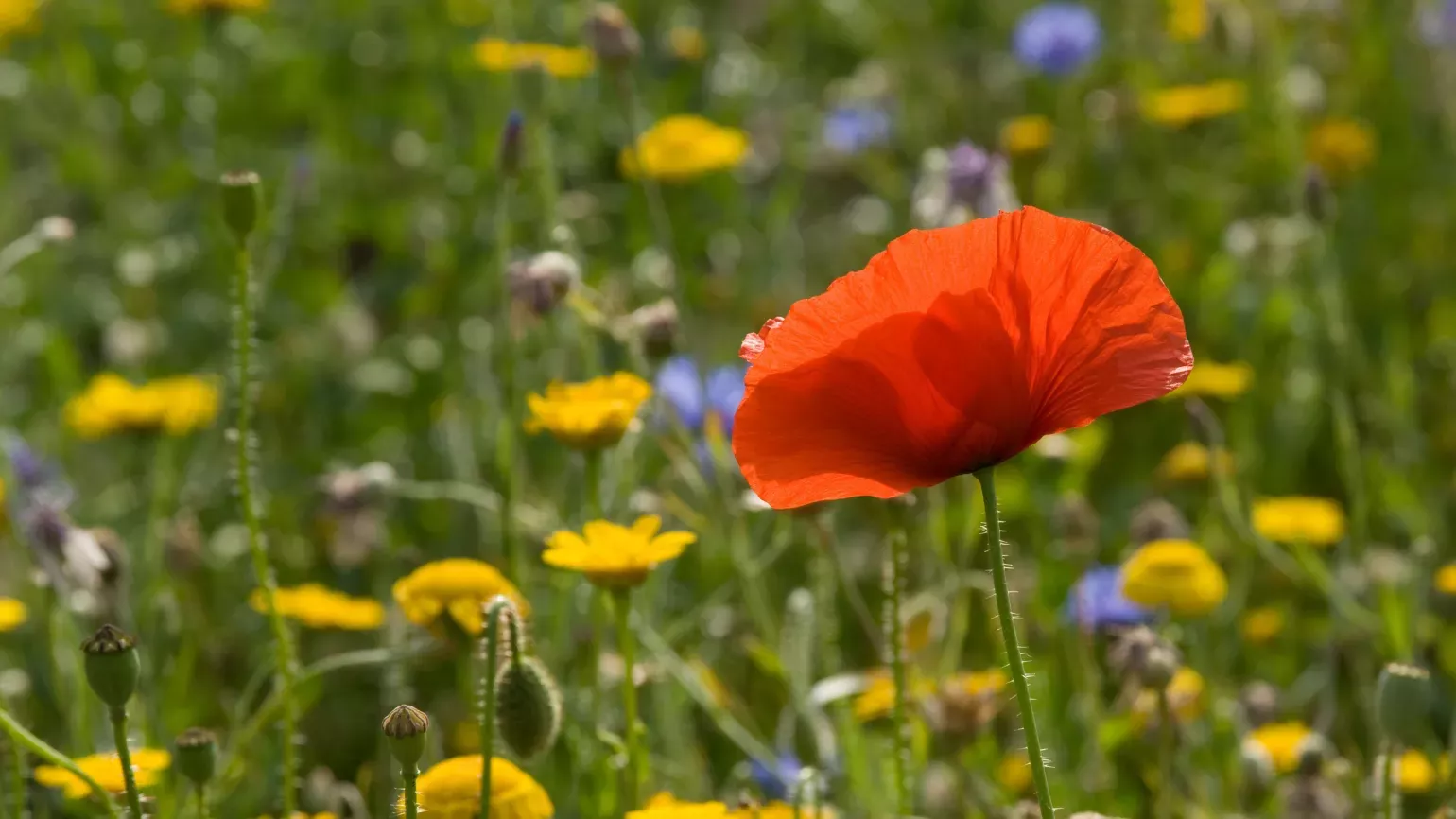
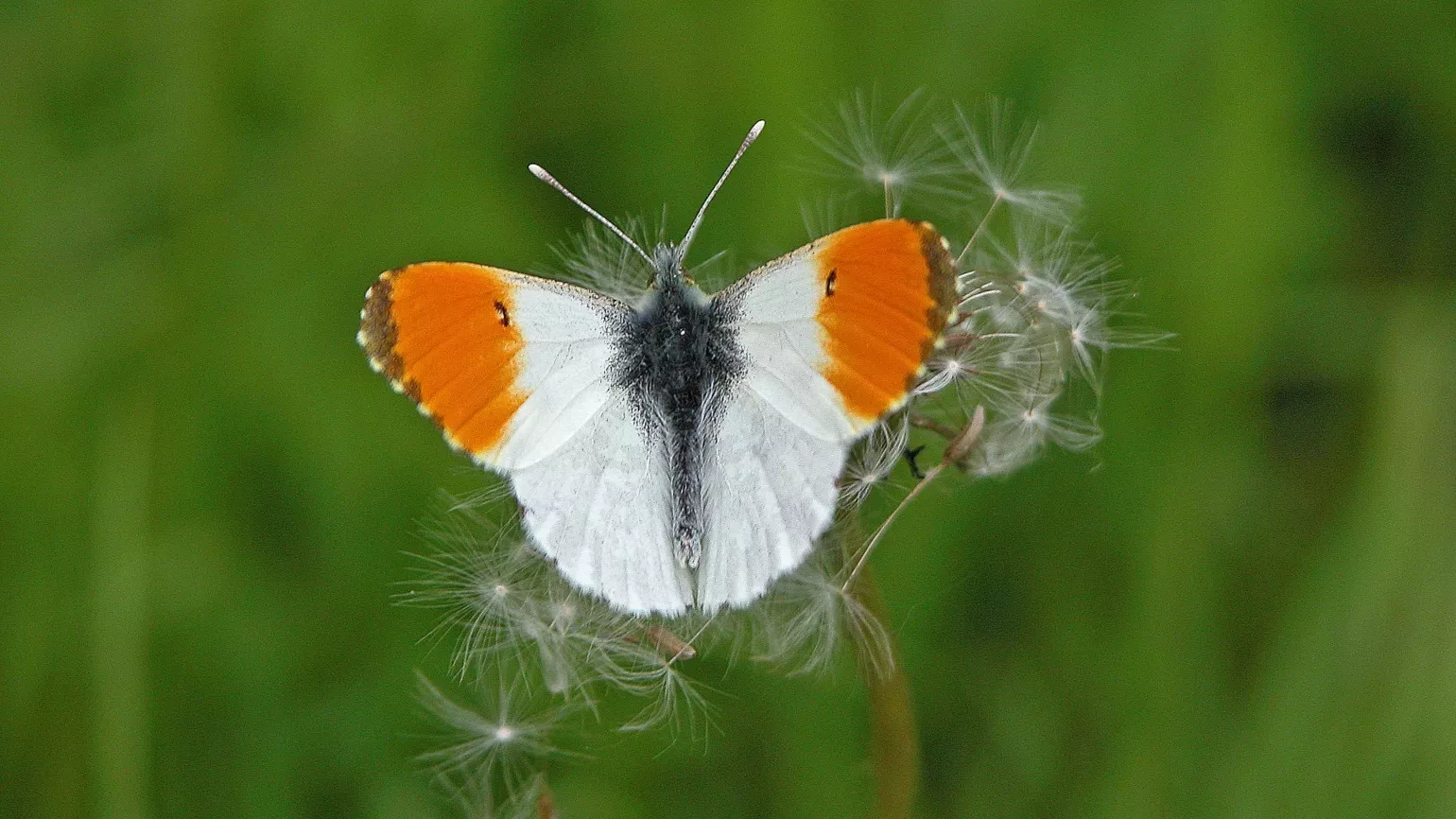
6. Explore green spaces
Work off the mince pies with a brisk walk through the Gardens.
Explore the Arboretum, our vast garden of over 14,000 trees. Some trees are as old as the Gardens themselves and many cannot be found anywhere else in Britain.
Wander through the natural area, which is abundant with beautiful native trees and birds like woodpeckers and jays.
If you can't make it to Kew, enjoy nature closer to home and see what you can spot in your own garden or your local trees.
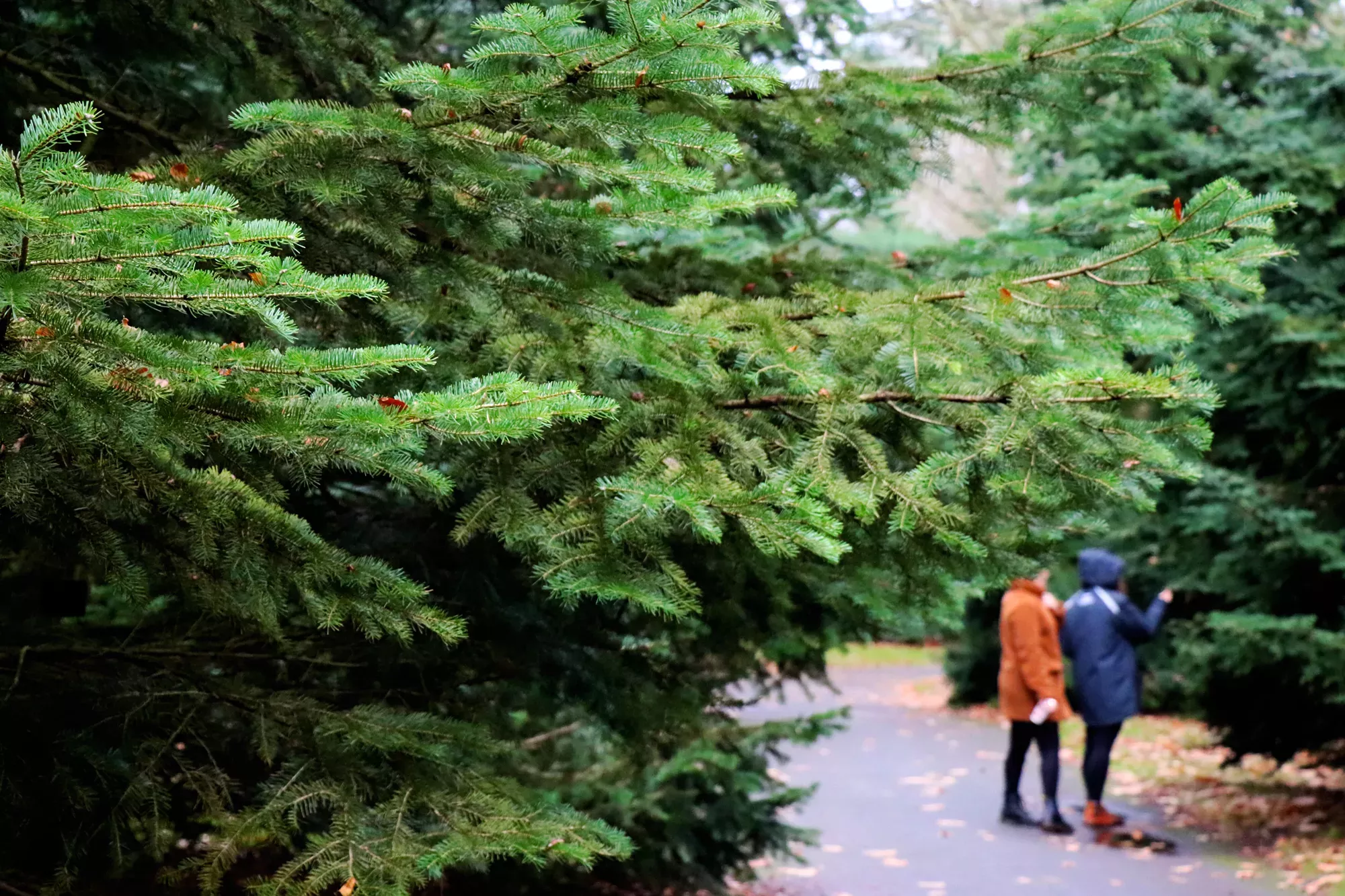
7. Discover a new landscape
Visit Wakehurst, our secret botanic garden in the heart of Sussex.
Stroll through our woodland landscape inspired by the eastern Himalaya at Westwood Valley and go wildlife spotting in our 150 acre Loder Valley Nature Reserve.
Don't miss Coates Wood, where the menthol fragrance of eucalyptus and majestic Wollemi pines bring the landscape of Australia to life.
Stop by our serene Winter Garden which blooms in January and February. Highlights include snow drops, heather and dog wood which give a beautiful burst of winter colour.
Reconnect with nature and unwind from the stresses of everyday life at one of our forest bathing workshops.
